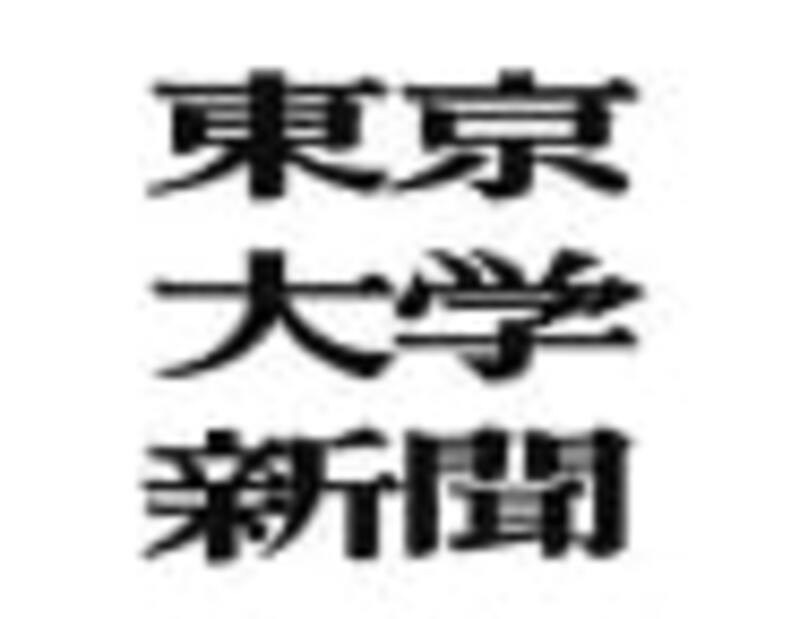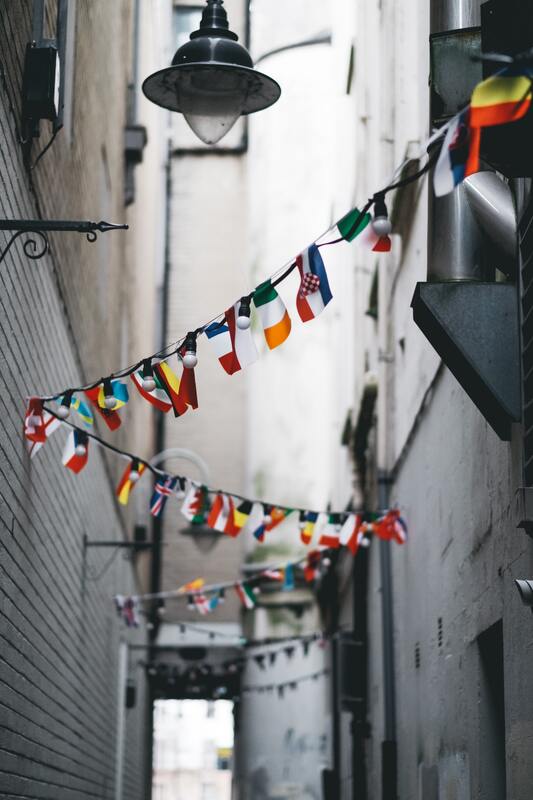
Todai Shimbun (東大新聞社)
2025.3.27
Todai Shimbun Foundation is an organisation that carries out newspaper production activities in the hands of University of Tokyo students.
目次
Basic Information
| Administration | mianly second year |
|---|---|
| Number of Members | around 60 |
| Participation Grades | Undergraduates + Graduate students |
| Selection Process Info | なし |
| Annual Membership Fee | 0 yen |
| Frequency of Activities | Weekly general meetings (editorial meetings) on Mondays from 8pm, either with Zoom participation or face-to-face participation. |
| LINE | |
| Website |
Overview
■ Philosophy/guidelines and history
The University of Tokyo Newspaper transmits information with awareness and impartiality as a news organisation independent of the university. It also aims to be an organisation that enables its members to develop themselves through activities based on their own spirit of inquiry, together with a diverse range of colleagues.
The University of Tokyo Newspaper has a long history. Since its first issue in 1920 as the Tokyo Imperial University Newspaper, it has received wide support both on and off campus, and is currently the only student newspaper to have the status of a public interest incorporated foundation.
Three years ago, on the occasion of the 100th anniversary of its publication, we decided to shift the paper newspaper, which used to be published weekly, to a monthly publication and tabloid from April 2021, and to shift its focus to our web media, the University of Tokyo Newspaper Online. We intend to continue to disseminate information in line with the times.
Composition of Membership
- Number of people 60 students
- Academic year. Academic year: approximately 10 students each from years 1-4 and up to postgraduate studies. The number of members is increasing year by year, with about 30 people joining the club last year.
Executive deputies.
The chief editor is in principle in charge for one year, from the summer holiday of the second year to the summer holiday of the third year, and the deputy chief editors are in charge for half a year.
The chiefs of each side, who manage the project, serve for a year from the winter break of their first year to the winter break of their second year, in principle.
The deputy editors-in-chief are elected by election.Structure
In principle, the chief editor is appointed for one year from the summer holiday of the sophomore year to the summer holiday of the junior year, and the deputy chief editors are appointed for half a year.
The chiefs of each section who manage the project have a term of office of one year from the winter vacation of the first year to the winter vacation of the second year in principle.
The deputy editors are elected by election.Gender balance
Approximately 40% women.Time of joining
Many join in their first year, but the membership is basically spread out.Attributes
Language skills are not required.
Everyone is full of character and it's hard to describe them in one word, but they are probably serious at heart and have very diverse fields of interest.
Many of them work in media fields such as newspapers and television after graduation and some go on to graduate school, but of course there are also people who go on to work in general business or become lawyers.
The number of people who are involved in sports clubs and music clubs is high, while others are fully immersed in them. The way people get involved is very individual.
Many people are involved in a lot of activities.
Structure of Organization
How many members leave the activity in a year?
Around 5% (not so much the concept of leaving, as members are free to choose which activities they want to focus on).
What is the difference in the amount of commitment among members?
There is a fair amount.
Do some members only come for fun or for launches?
Not at all.
Frequency of Activities
Regular activities
Editorial meetings are held every Monday at 8pm in the editorial office on the third floor of the second canteen building on the Hongo campus (in a hybrid Zoom, face-to-face format). In principle, you are expected to attend, but if you are going to be absent, you should contact the office. Basically, the majority of activities can be done remotely, as the interviewing and writing of articles is done by individuals. Other work may be done in the editorial office, depending on the position. There are overnight camps in summer and winter.
Periods before and after contests/events
Workload increases before summer and winter conferences (to be held online from now on) and special issues published 12 times a year.
Annual Schedule
- April-May: New period (e.g. accompanying interviews, participating in editorial meetings, etc.). You can also take part in photo shoots and newspaper/book sales at the May Festival.
- Early June: officially join the club and decide which side you will be based on.
- June-July: first smaller article writing.
- August-September: first larger article writing; summer camp in early August; from September onwards, writing articles, summarising special issues (like supervision), running hackathons, etc. Photography and newspaper/book sales at the Komaba Festival.
- Mid-February: winter camp and training sessions at major newspapers and publishers on reporting, article writing and proofreading
Recruitment Information
With/without selection
None (need to submit a statement of reasons for application after joining the club).
Applicants who wish to join the club should send their affiliation and name to welcome@utnp.org, DM on the Newcomers Twitter or on the Newcomers Line. After the admission procedure, you will be asked to submit a statement of reasons for your application. Contributions are also accepted at その場合はnp@utnp.orgまで.
In the statement of reasons, you will be asked to submit the reasons why you wish to join the University of Tokyo Newspaper and what you would like to do after joining.
Positions available: (1) Reporter, (2) Photographer, (3) Engineer, (4) Designer, (5) Advertising sales and liaison team.
*Combination positions are also available (most people work at the same time).
Eligibility for recruitment:
Membership is open to all grades.
People actually joining:
Mostly first-year students, but other grades are also welcome.
Insiders' thoughts
○Pros
今後加筆予定△Cons
今後加筆予定Recruitment Schedule
Thank you for reading this article!
We have two thigs to tell you.
1. We announce information about events, programs and campus by our official LINE (only Japanese). Why don't you register?
LINE for students enrolling in 2023
LINE for students enrolling in 2024
LINE for students enrolling in 2025
2.We are accepting questions from here. If you have any questions, please feel free to ask!
関連カテゴリー

For International Students
Circles that actively accept intl. students.

OTHERS
community, entertainment and so on

ACADEMIC
academic clubs/circles for international students
関連サークル
University of Tokyo Flamenco Dance Troupe (東京大学フラメンコ舞踏団)
We practice Flamenco, a traditional Spanish dance, twice a week in preparation for events such as the school festival. Flamenco is characterized by its vibrant costumes and special shoes with nails in the heels. We are also looking for people who want to sing! If you're interested, please come and watch our welcome performance or join a practice session.
The University of Tokyo, Faculty of Arts and Sciences, Department of Chemistry Circle (東京大学教養学部化学部)
Are you passionate about chemistry and eager to explore the world of experiments? Our club is the only student organization on campus that offers access to a fully equipped laboratory, providing you with a unique opportunity to engage in hands-on chemistry activities. State-of-the-Art Facilities and Resources Our laboratory is well-stocked with a wide range of chemicals and cutting-edge equipment, allowing you to conduct experiments with ease and precision. Whether you're interested in growing crystals, synthesizing organic compounds, or exploring other areas of chemistry, we have everything you need to bring your ideas to life. Personalized Experimentation What sets our club apart is the freedom to pursue your own interests. Each member is encouraged to design and conduct their own experiments, ensuring that everyone can explore topics that genuinely fascinate them. From beginners to advanced enthusiasts, our club is an inclusive space where everyone can learn and enjoy chemistry. Activity Details Time: Every Saturday from 12:00 PM to 6:00 PM Location: Student Laboratory, 4th Floor, KOMCEE EAST Join us to discover the wonders of chemistry in a supportive and stimulating environment. We look forward to welcoming you to our community!
UTokyo Women’s Volleyball Team (東京大学運動会女子バレーボール部)
The official women’s volleyball team of UTokyo




